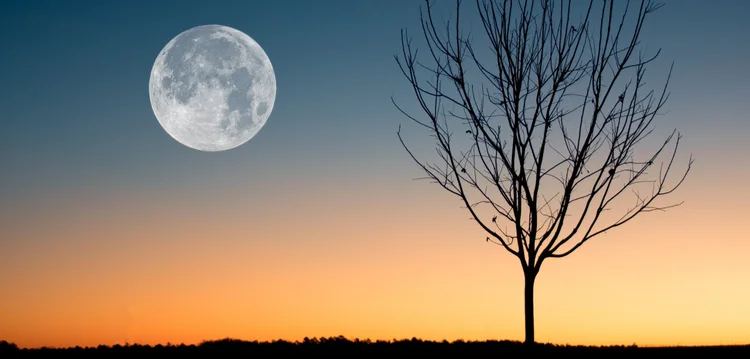|
February’s full Snow Moon reaches peak illumination at 1:30 P.M. EST on Sunday, February 5. It will be below the horizon at this time, so for the best view of this moon, look for it later on in the day; it will drift above the horizon in the east around sunset and reach its highest point in the sky around midnight.
The explanation behind February’s full moon name is a fairly straightforward one: it’s known as the Snow Moon due to the typically heavy snowfall that occurs in February. On average, February is the United States’ snowiest month, according to data from the National Weather Service. In the 1760s, Captain Jonathan Carver, who had visited with the Naudowessie (Dakota), wrote that the name used for this period was the Snow Moon, “because more snow commonly falls during this month than any other in the winter.”
Alternative names for this month’s moon have historically had a connection to animals. The Cree traditionally called this the Bald Eagle Moon or Eagle Moon. The Ojibwe Bear Moon and Tlingit Black Bear Moon refer to the time when bear cubs are born. The Dakota also call this the Raccoon Moon, certain Algonquin peoples named it the Groundhog Moon, and the Haida named it Goose Moon. Lastly, the theme of this month’s moon names is scarcity. The Cherokee names, Month of the Bony Moon and Hungry Moon, give evidence to the fact that food was hard to come by at this time.
|



